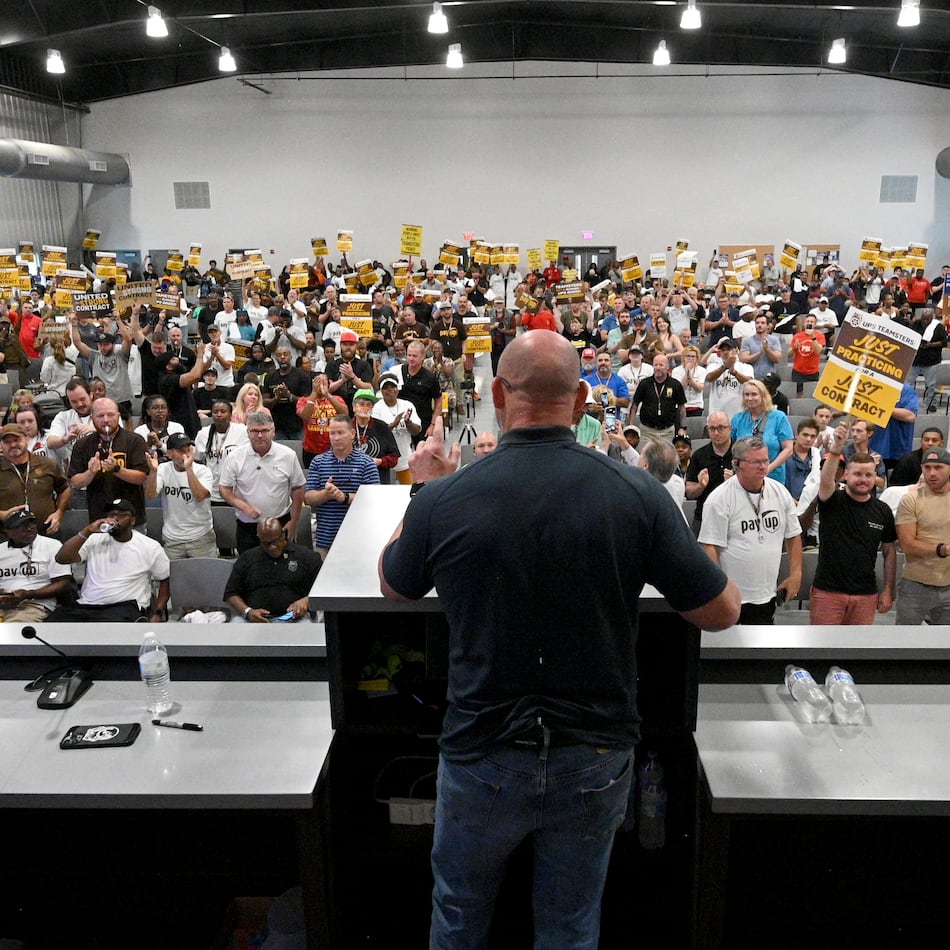ONLINE
The declassified court documents were posted on a new website (http://icontherecord.tumblr.com) that went live Wednesday afternoon. The front page of the site says it was “created at the direction of the president of the United States (and) provides immediate, ongoing and direct access to factual information related to the lawful foreign surveillance activities carried out by the U.S. intelligence community.”
— Associated Press
The National Security Agency declassified three secret court opinions Wednesday showing how it scooped up as many as 56,000 emails and other communications by Americans not connected to terrorism annually over three years, revealed the error to the court and then fixed the problem.
Director of National Intelligence James Clapper authorized the release.
The opinions show that when the NSA reported its inadvertent gathering of American-based Internet traffic to the court in 2011, the Foreign Intelligence Surveillance Court ordered the agency to find ways to limit what it collects and how long it keeps it.
Three senior U.S. intelligence officials said Wednesday that national security officials realized the extent of its inadvertent collection of Americans’ data from fiber optic cables in September 2011. One of the officials said the problem became apparent during internal discussions between NSA and Justice Department officials about the program’s technical operation.
“They were having a discussion and a light bulb went on,” the official said.
The problem, according to the officials, was that the top secret Internet-sweeping operation, which was targeting metadata contained in the emails of foreign users, was also amassing thousands of emails that were bundled up with the targeted materials. Because many Web mail services use such bundled transmissions, the official said, it was impossible to collect the targeted materials without also sweeping up data from innocent domestic U.S. users.
The officials did not explain, however, why they did not prepare for that possibility when the surveillance program was created and why they discovered it only after the program was well underway.
Officials said that when they realized they had an American communication, the communication was destroyed. But it was not clear how they determined to whom an email belonged and whether any NSA analyst had actually read the content of the email. The officials said the bulk of the information was never accessed or analyzed.
As soon as the extent of the problem became clear, the officials said, the Obama administration provided classified briefings to both Senate and House intelligence committees within days. At the same time, officials also informed the secret Foreign Intelligence Surveillance Court, which later issued the three 2011 rulings released Wednesday — with redactions — as part of the government’s latest disclosure of documents.
The officials briefed reporters on condition of anonymity because they were not authorized to describe the program publicly.
One of the intelligence officials briefing reporters said the newly declassified documents should help explain “the reasons why people shouldn’t go into a panic over articles they read in the press.”
Although the NSA is allowed to keep the metadata — the address or phone number and the duration, but not the content, of the communication — of Americans for up to five years, the court ruled that when it gathered up such large packets of information, they included actual emails between American citizens, thereby violating the Constitution’s ban against unauthorized search and seizure.
For instance, two senior intelligence officials said, when an American logged into an email server and looked at the emails in his or her inbox, that screen shot of the emails could be collected, together with Internet transactions by a terrorist suspect being targeted by the NSA — because that suspect’s communications were being sent on the same fiber optic cable by the same Internet provider, in a bundled packet of data.
About the Author
The Latest
Featured

